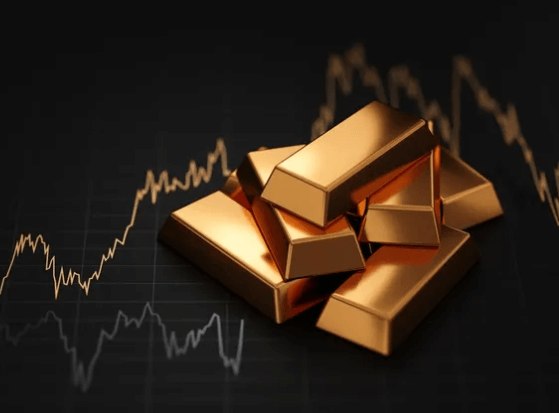Key Factors to Consider Before Entering the World of Gold Trading

Investing in precious metals has long been a popular way for individuals to diversify their portfolios and hedge against economic instability. While it offers substantial opportunities, it also comes with risks that new traders must understand. Before diving into this valuable market, you must understand the key factors affecting your success. This article explores the crucial considerations for anyone looking to enter the terrain of metal investment.
1. Understanding Market Volatility
One of the first things to recognise about gold trading is that it is influenced by market volatility. Prices can fluctuate significantly due to various factors, including geopolitical events, inflation rates, and changes in the U.S. dollar. Since metals are often seen as safe-haven assets, their value tends to rise when other markets fall, particularly during times of crisis.
But how should new traders handle this volatility? It’s crucial to stay informed about world events and how they may impact prices. For example, political instability in major economies, changes in trade policies, or even natural disasters can trigger significant shifts in metal prices. Tracking these trends can help traders make more informed decisions and minimise risks.
2. The Role of Supply and Demand
Supply and demand significantly impact precious metal prices, just like they do on every other commodity. These metals are mined in limited quantities, and changes in supply can affect their value. In periods where supply is restricted, prices tend to increase due to reduced mining activity or disruptions in the global supply chain.
On the demand side, metals have various uses, including in jewellery, electronics, and investment products like exchange-traded funds (ETFs). Prices may rise in response to a spike in demand from these industries. Traders entering the market should keep an eye on both the supply and demand side of the equation to understand where the cost of metals might be headed.
3. Impact of Economic Indicators
Investing in precious metals is often closely linked to economic indicators. For instance, inflation rates, interest rates, and unemployment figures all shape prices. Many traders look to metals as a hedge against inflation because, historically, their value rises when the purchasing power of currencies declines.
Interest rates are another key economic factor. When rates are low, metals become a more attractive investment because they don’t yield interest like bonds or savings accounts. However, during rising interest rates, the appeal of metals might diminish as investors seek higher-yielding assets. Understanding how these economic indicators interact with metal prices is crucial for traders looking to make informed decisions in the market.
4. Deciding between Physical Gold and Gold Derivatives
Another important consideration for those entering the market is the choice between physical metals and derivatives. Physical assets, such as bullion, coins, or bars, can be stored and sold as needed. However, this comes with storage and security costs, which can deter some traders.
On the other hand, derivatives, including futures contracts and ETFs, allow traders to speculate on prices without physically holding the metal. These instruments offer greater liquidity and often lower transaction costs, making them popular with traders. However, it’s essential to understand that derivatives can also carry higher risks, mainly if leveraged trading is involved.
5. Managing Risks in Gold Trading
Like any form of trading, gold trading comes with inherent risks. Traders need to adopt a solid risk management strategy to avoid significant losses. One common mistake is over-leveraging, where traders borrow money to increase their potential profits. Leverage is a two-edged sword because, while it can increase earnings, it can also increase losses.
Another essential aspect of risk management is diversification. Relying solely on metals may expose a trader to more volatility. Instead, diversifying into other assets, such as stocks or bonds, can help reduce risk and smooth out returns. Bonds can help reduce risk and smooth out returns.
Stop-loss orders are another risk management tool that can be helpful in this market. These orders automatically sell your position if the price drops to a certain level, helping to limit your losses. Traders should consider these options to protect their capital and enhance their chances of long-term success.
6. Choosing the Right Trading Platform
The platform you use for investing is an essential part of your overall strategy. Not all platforms offer the same features, and finding one that suits your needs is critical. Look for platforms that provide real-time market data, advanced charting tools, and access to various investment products, including futures, options, and ETFs.
Investing in gold presents a unique opportunity for investors to diversify their portfolios and protect against market downturns. However, it’s not without its challenges. Traders can make more informed decisions by understanding critical factors like market volatility, supply and demand, and economic indicators. Additionally, selecting the correct form of gold investment and using effective risk management techniques are critical for long-term success. Whether you invest in physical gold or derivatives, taking the time to research and carefully plan your strategy will increase your chances of succeeding in this ever-changing market.



